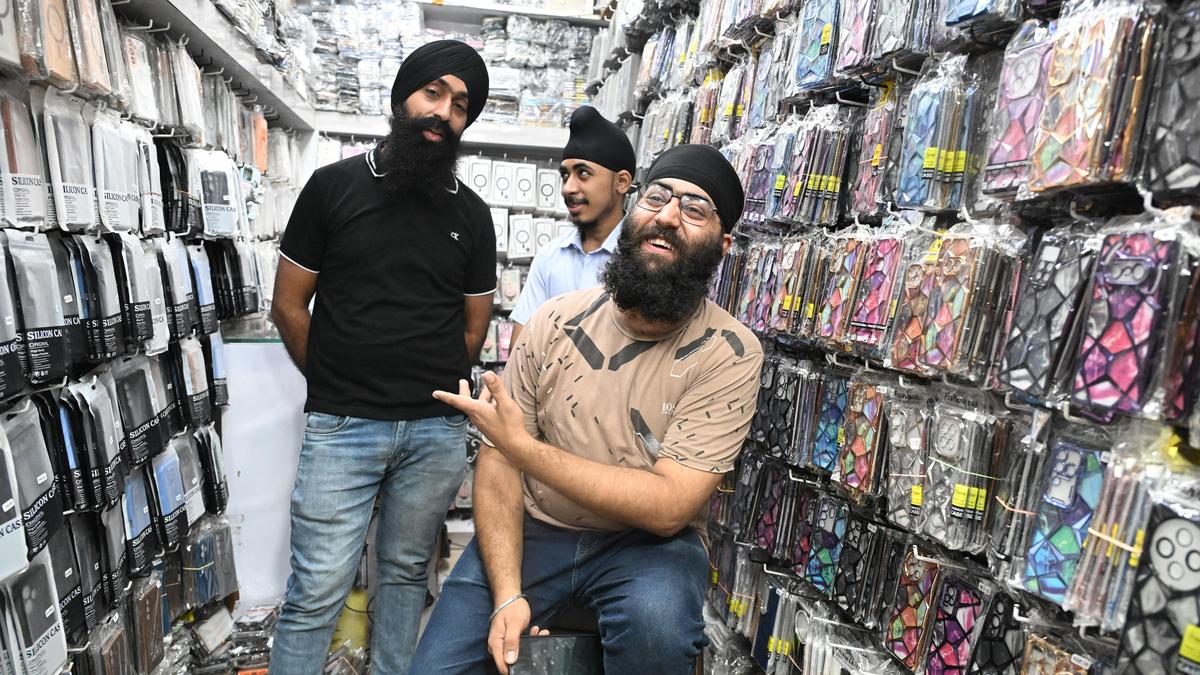More than two decades after he arrived in Delhi from Afghanistan, Taranjit Singh became an Indian citizen this year. He was just two years old when he entered the country from Kabul. Taranjit, whose existence and livelihood depended on a stay visa or a long-term visa (LTV) renewed annually, is relieved now as he will no longer have to visit the Foreigners Regional Registration Office at R.K Puram in south Delhi, around 18 km from his residence in west Delhi’s Vikaspuri, to get the document extended.
“The stay visa is valid for one year but it took six months for the document to be processed. Now that I have Indian citizenship, I can live in peace,” Taranjit says as he opens the shutters of his rented shop in the basement of a shopping plaza in Karol Bagh, where he sells mobile phone covers.
The shop, which is owned by a relative, helped his family find footing in Delhi after his father relocated to India in 1998, Taranjit says, adding that he has been running the shop for the past 10 years. For him, Kabul seems like a distant dream. “I have no memory of Afghanistan, but at home my family still speaks in the Kabuli dialect mixed with Farsi. It is different from Punjabi and Hindi,” he says.
Becoming Indians
Taranjit applied for Indian nationality under the Citizenship Act, 1955 around three years ago and received the naturalisation certificate earlier this year. His friend, Jagmeet Singh, 28, who also sells mobile covers in the same complex, also became an Indian citizen this year, but under the Citizenship (Amendment) Act (CAA), 2019.
Continue Reading on The Hindu
This preview shows approximately 15% of the article. Read the full story on the publisher's website to support quality journalism.
